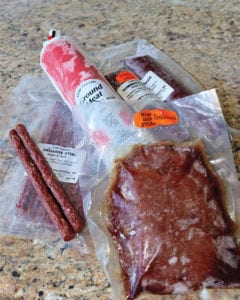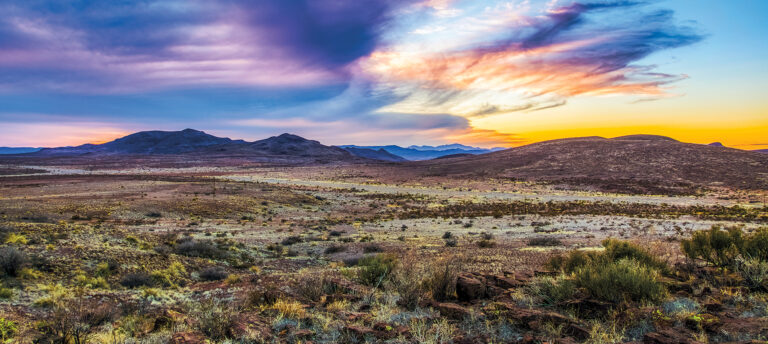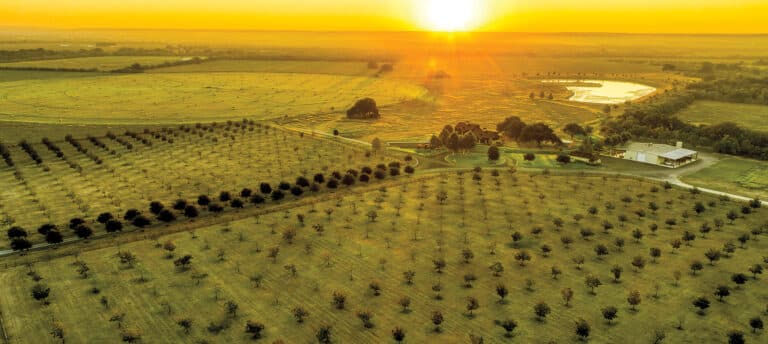“I just want to let you know that we cooked some filets over mesquite coals last night and this might be my new favorite meat,” Ben exclaimed. “On top of providing a challenging hunt in a fascinating part of the world, as well as providing a unique trophy, nilgai antelope will remain a regular part of my hunting plans in the future, so pencil me in again for next year,” he also added. This was part of a phone conversation that I recently had with one of our clients who attended a hunt with us earlier in the year.
It was not too long ago that few hunters in Texas, and elsewhere, knew much of anything about nilgai, but the cat’s been out of the bag in recent years and the popularity of hunting these big, exotic antelope has soared. Let’s take a look at why nilgai have become so popular.
About the animal
Also known as blue bulls, nilgai are of Asian origin, endemic to the Indian subcontinent, and are members of the bovid family and the only species which are represented in the Boselaphus genus. Though their horn structure is not impressively large, typically sporting 8” – 10” horns on the males, they make up for that shortcoming with their huge body mass, and mature bulls will sometimes tip the scales at 600 to 700 pounds and the cows weighing as much as 450 pounds on the hoof. The mature, dominant bulls will often become dark in color, sometimes assuming a blueish black hue, hence the moniker of blue bull. They have the appearance as though their front legs are longer than their rear legs, much like a shorter and stouter version of a giraffe, and their locomotion has a similar gate. About halfway down their throat, they sport a unique, black beard that looks similar to a turkey beard. Morphologically, they are a bit of an oddity and you’d swear that the good Lord took some leftover animal parts and made the nilgai.
Word has it that the first nilgai released into the Texas wilds were on the King Ranch during the 1930s, and it’s in that part of the state where these unique animals flourish. The lion’s share of nilgai in Texas, or in the entire U.S. for that matter, are essentially found south of Baffin Bay down to Brownsville, with the core areas being east of Highway 77 stretching over to the coast. The estimated population of nilgai in Texas is about 35,000 animals, with the majority being found in the area described above. These animals do not do well in colder climates, and moisture that’s associated with freezing temperatures can be a death sentence for nilgai, so this is one of the reasons why nilgai are not commonly found on many of the exotic game ranches in central Texas; it’s a bit too cold of a climate, compared to the warmer weather in the Valley Region of southern Texas.
Guns and ammo
The difficulty in bringing down mature nilgai bulls cannot be overstated. I’ve hunted Cape buffalo, and I assure you that they are not far behind those game animals in terms of hardiness and the capacity to take a lot of lead and keep going. Thus, having plenty of guns is important and many nilgai hunting operations have a minimum caliber requirement of a .300 mag. Personally, I think a .375 is the best all-around caliber for these brutes, and I consider a 180-grain bullet to be on the lighter side of what’s recommended. Also, it’s a must to have a well-constructed bullet that provides adequate bullet expansion, while retaining most of the bullet mass. Highly expandable bullets should be avoided altogether. As a rule of thumb, once the animal is hit, if it’s still on its feet or is struggling to get up, a follow-up shot should be standard procedure. Classic heart/lung shots provide the largest kill zones on nilgai, but some guides prefer a spine shot to quickly anchor the animal, but with the dipping-shape of the spine, hunters should be familiar with this anatomical feature or they risk making a shot that’s above the spine.
Culinary A+
The popularity of “organic” meats, including game meats, is trending up in recent years and those who appreciate quality red meat will enjoy the dining opportunities associated with nilgai. There are some similarities between nilgai meat and grass-fed beef, especially in that it’s a lean meat. Attention should be given to not over-cooking nilgai, as it’ll become dry and lose some of its delicate flavor, so preparing steaks or chops that are medium rare is recommended. Any of the other cooking methods that are used on beef will typically work well for nilgai, including roasts, chunked stew meat, and ground meat. I prefer for my processor to add some beef fat with my ground nilgai meat since it’s on the dry side, plus I find the added flavor of the beef fat to enhance the overall taste. Nilgai meat is also popular with hunters who enjoy smoked sausage, slim jims, and jerky. I rank nilgai meat up there on the same level as elk, eland, and axis deer. Plus, with it being a big animal, you get a large volume of meat for the freezer, which I consider to be a value-added part of the hunt.
Hunting opportunities
Unlike some of the exotics in Texas, there simply are not many options for commercial hunting operations that offer nilgai hunts. A quick Google search for “nilgai hunts” will surface some choices, and several of them will likely be in the Texas region below Kingsville. I consider nilgai hunts to represent the best value for the dollar in exotic the big-game hunting world, providing a challenging hunt for a magnificent animal that offers excellent table-fare, while also providing a unique trophy.






